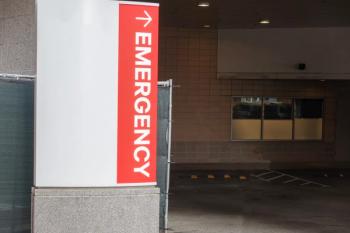
Nonprofit hospitals need to control labor costs, Fitch Ratings says
Hospital volumes have rebounded, but health systems continue to pay more for labor costs. Fitch’s downgrades have outnumbered upgrades 3-to-1.
Even with hospitals starting to see more patient volume, most nonprofit hospitals continue to see weak operating margins, Fitch Ratings said.
Health systems are going to have to find ways to control their labor costs, Fitch said in a report this week.
“Controlling expenses, especially labor costs, will be critical for not-for-profit hospitals to return to stronger margins and alleviate credit pressure,” Fitch said in the report.
Nonprofit hospitals are expected to have
Another indicator of the struggles of nonprofit hospitals can be seen in Fitch’s downgrades. So far this year, Fitch’s downgrades of nonprofit hospitals have outnumbered upgrades by a 3:1 ratio.
With many health systems grappling with
For hospitals to continue to recover and improve their operating margins, they need to focus on recruiting and retaining permanent staff. Hospitals that can hire and keep their workers are more likely to maintain or improve their credit ratings, while those relying more on contract labor are more likely to struggle with their margins and could see ratings downgrades, Fitch said.
Most hospitals are likely to have some success in hiring permanent staff but will still need to fill some gaps with temporary staff, and Fitch expects the bulks of nonprofit hospitals won’t see changes in their credit ratings.
Hospitals could see additional financial stress as
The American Hospital Association has repeatedly stressed that many hospitals are still recovering from
In a






















































































